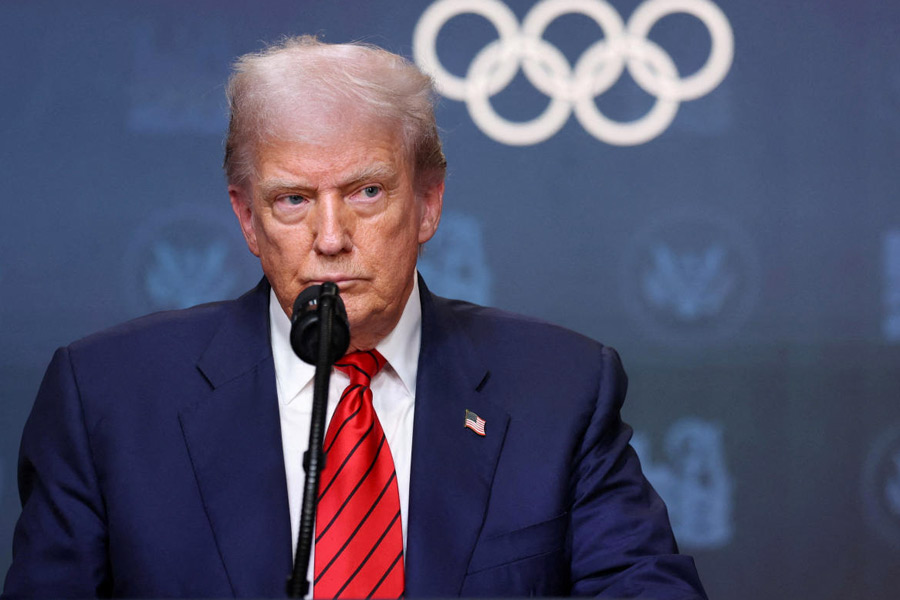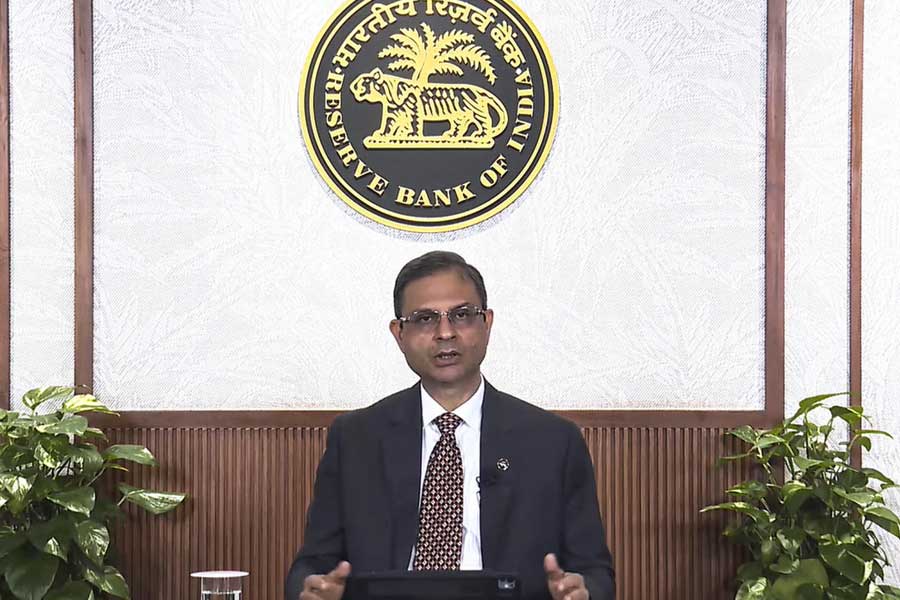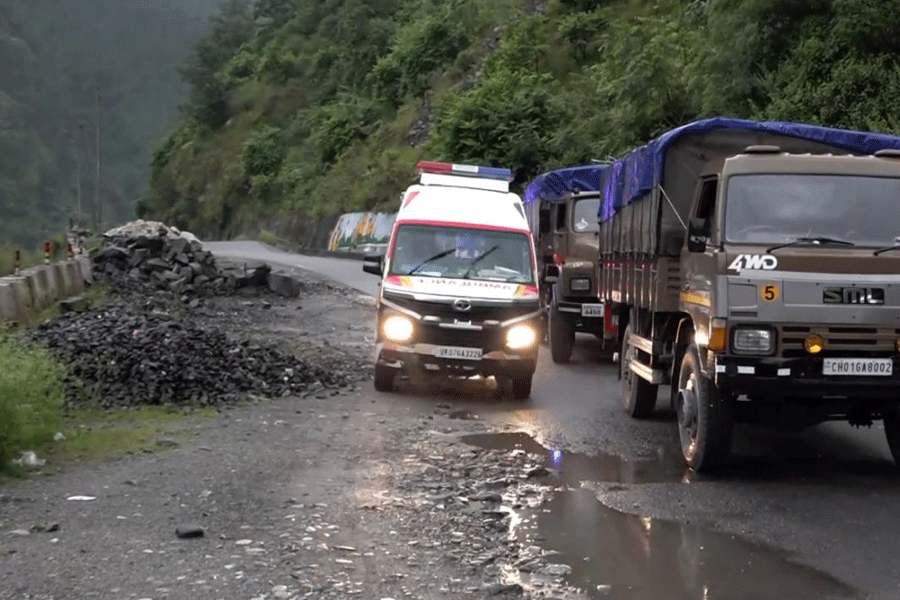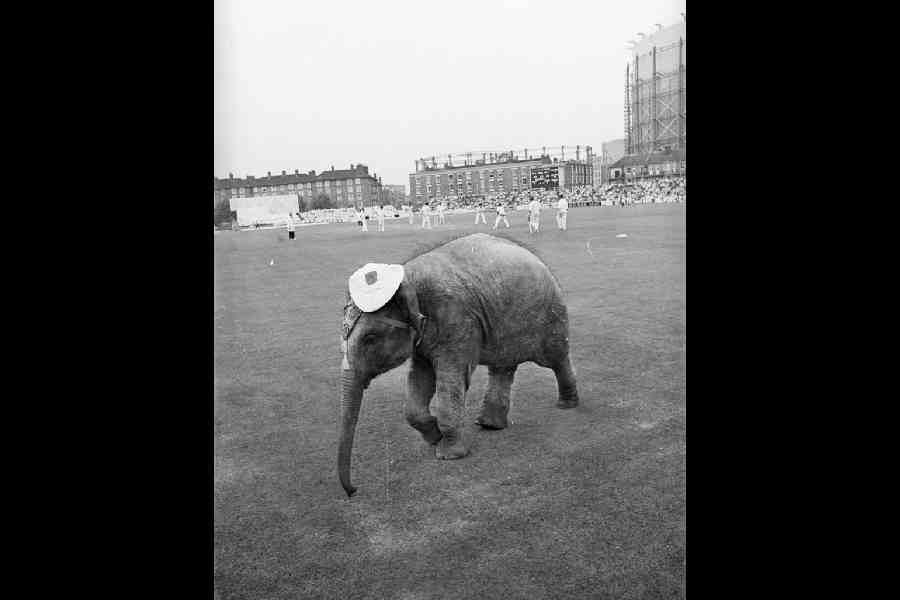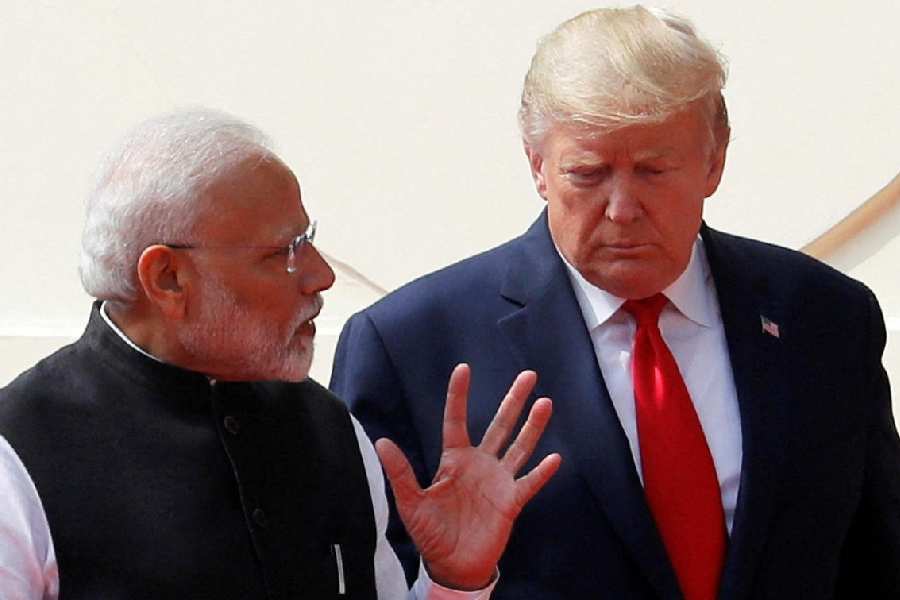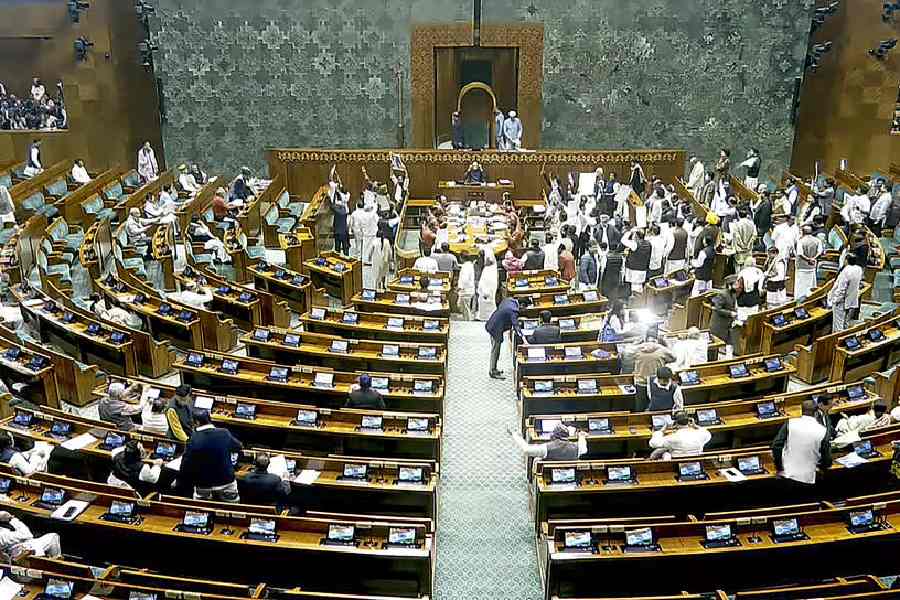
Bhimbandh (Munger): The picturesque Bhimbandh forest, around 210km south-east of Patna, has much to offer apart from its laterite (red) soil and its Maoist bastion past.
The state government has started promoting tourism in the area but the bounty of natural resources in the Bhimbandh Wildlife Sanctuary could make it an ideal place for devloping eco-tourism.
"The government recently allotted Rs 9 crore for promotion of tourism in the area. But we are very serious about helping residents of the villages inside the forest," said Kumar Dhananjay, the deputy collector land reforms (DCLR), Haveli Kharagpur sub-division.
Water oozing from the hot springs in the forest carry rich minerals that can change the fate of organic farming, claimed experts.
Some parts of the sanctuary, which is spread across more than 2,000sqkm, has been freed from the hands of Maoists but nothing has yet been started to exploit its natural resources.
"Besides herbal and medicinal plants, the hot springs found inside the forest are unique in nature," said Dhananjay, who studied geo-chemistry. "There are more than 250 natural sources of hot water from Bhimbandh forest to Sitakund, 25km away."
According to Dhananjay, the magma below the crust of the soil below the area has a temperature exceeding 3000ºF, which triggers discharge of hot water from cavities, mostly of the hills here.
"The hot water carries sulphur and other minerals, which can cure skin diseases and other problems related to gastroenterology apart from being ideal for organic farming," he said.
Sanjeev Kumar, the Haveli-Kharagpur sub-divisional officer (SDO), who accompanied this correspondent and the camp commander of 131st battalion of CRPF at Bhimbandh, Neelkamal, found evidence of villagers taking away red soil from near the hot springs.
"The soil contains sulphur that could be used as gunpowder, which the Maoists might have used earlier. Though this part of the forest has been liberated, possibility of red soil smugglers operating is clear. We will intimate our senior officers," said Sanjeev.
According to a laboratory report, the soil contains 12.25mg sulphur per kg of soil along with other minerals. "The hot spring water could be ideal in organic farming if channelised for proper irrigation," said Ramdatt, an assistant professor at Bihar Agricultural University (BAU), Sabour.
He, however, said such water should not be used in acidic soil, else could damage the harvest.
Chief minister Nitish Kumar, who visited the spot in 2017, had instructed the forest department to arrange for proper channels. "We are preparing the action plan. The hot springs contribute to the flow of river Mani. So there is high potential of irrigation," said a forest personnel in Munger.
"This place could be an ideal eco-tourist spot if proper action plan is implemented," said Moorish Buzz, a German tourist who came to Bihar School of Yoga and visited Bhimbandh.


